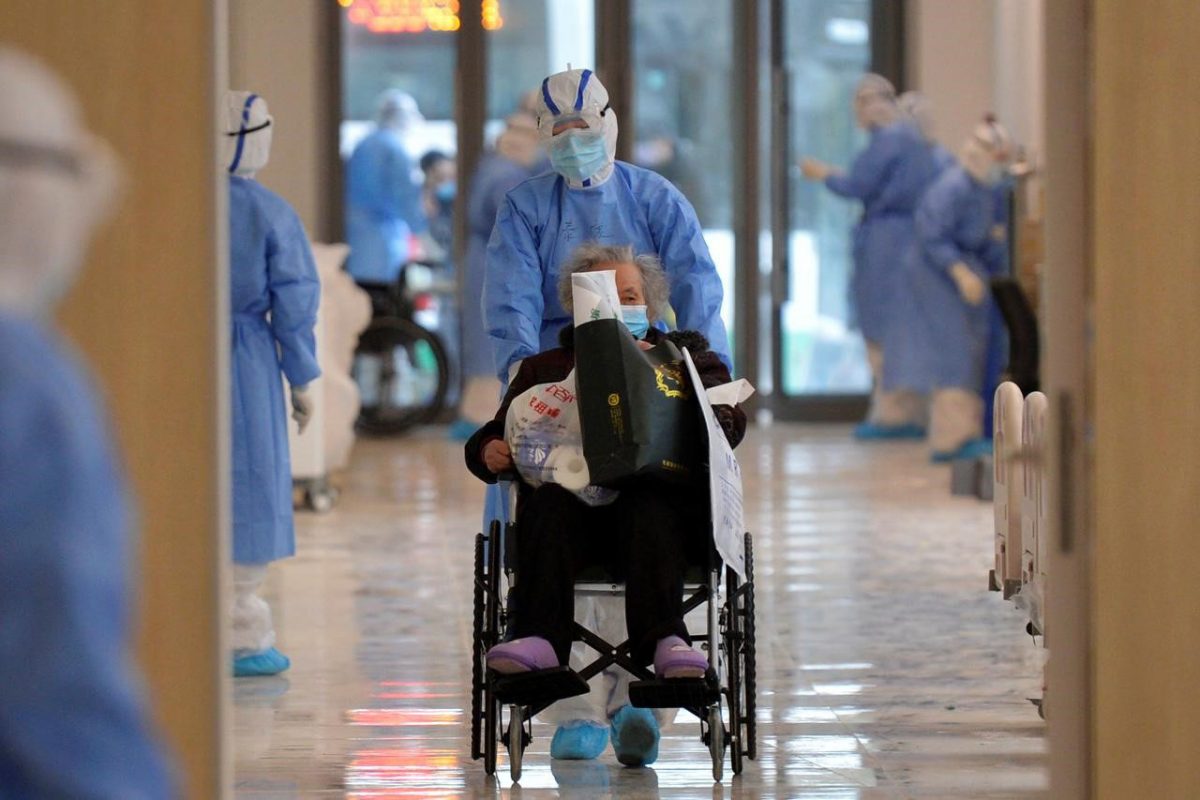BEIJING/SHANGHAI, (Reuters) – The death toll in China’s Hubei province from a coronavirus outbreak leapt by a record 242 today to 1,310, with a sharp rise in confirmed cases after the adoption of new methodology for diagnosis, health officials said.
The rise in the toll more than doubled the prior provincial daily record of 103 set on Monday, while the number of new cases soared by 14,840 – also a daily record – to a total of 48,206 cases.
Health officials in the province, the epicentre of the epidemic, said they had started including people diagnosed using the new methods from Thursday. Excluding cases confirmed using the new methods, the number of new cases rose by only 1,508, the official data showed.
The provincial health commission said last week that it would begin recognising computerised tomography (CT) scan results as confirmation of infections, allowing hospitals to isolate patients more quickly.
It also said it had revised its old data and previous assessments of suspected cases.
The sudden jump in new cases raises questions about China’s commitment to transparency, said Victor Shih, a specialist in Chinese politics at the School of Global Policy & Strategy at UC San Diego.
“The adjustment of the data today proved without doubt that they have had two sets of numbers for confirmed infected all along,” he said. “If that were not the case, the government could not have added so many new cases in one day.”
“A very disturbing aspect of today’s new numbers is that the vast majority of new cases accrued to Wuhan, but what if the rest of Hubei Province still did not adjust their reporting methods?”
Hubei had previously only allowed infection to be confirmed by RNA tests, which can take days to process and delay treatment. RNA, or ribonucleic acid, carries genetic information allowing for identification of organisms like viruses.
Using CT scans that reveal lung infection would help patients receive treatment as soon as possible and improve their chances of recovery, the commission said.
It could also lead to a spike in the death toll, according to Raina McIntyre, head of biosecurity research at the Kirby Institute at the University of New South Wales in Sydney.
“Presumably, there are deaths which occurred in people who did not have a lab diagnosis but did have a CT. It is important that these also be counted,” she told Reuters.
She said the numbers could all be revised retrospectively from December, and it now depended on whether the more severely ill patients were confirmed by lab diagnoses and therefore included in the original numbers. If many of them were diagnosed using the newly included CT method and only now added to the total number of cases, then the death rate could rise.
“I think the new category ‘positive test’ (which is different from ‘confirmed case’) is more likely to reflect asymptomatic cases. Ideally these should be reported too, or we do not get a complete picture,” said McIntyre.
A shortage of RNA test kits in Hubei’s capital Wuhan has been a problem and may have delayed patients from being properly diagnosed and treated, contributing to the spread of the virus in the early days of the outbreak, Reuters previously reported.

